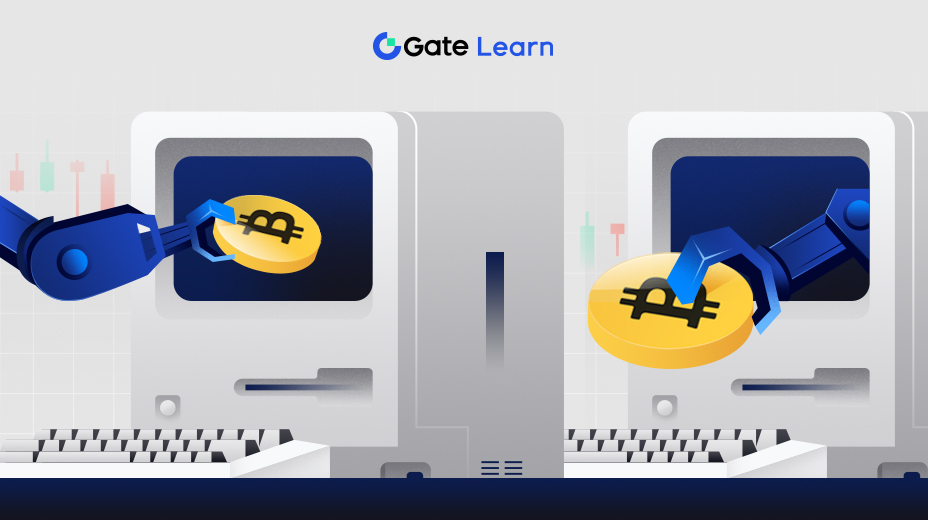اقتصاديات تعدين العملات المشفرة
تعد اقتصاديات تعدين العملات المشفرة ضرورية في إثبات جدوى التعدين كعمل تجاري مربح. هناك عدة عوامل تؤثر على ربحية التعدين، بما في ذلك السعر الحالي للعملة المشفرة التي يتم تعدينها، وتكلفة الكهرباء، وكفاءة أجهزة التعدين، وصعوبة التعدين. في هذه الجلسة، سنتناول هذه الجوانب بعمق وننظر في كيفية تأثيرها على ربحية التعدين. سنقدم أيضًا نصائح حول كيفية اختيار أفضل أجهزة التعدين بناءً على التكلفة والكفاءة ومعدل التجزئة.
ربحية التعدين وتحليل التكلفة
تعد ربحية التعدين عاملاً حاسمًا في تحديد ما إذا كان التعدين مسعى جديرًا بالاهتمام. تعتمد ربحية التعدين على عدة عوامل، بما في ذلك السعر الحالي للعملة المشفرة التي يتم تعدينها، وتكلفة الكهرباء، وكفاءة أجهزة التعدين، وصعوبة التعدين.
لتحديد ربحية التعدين، يجب على عمال المناجم حساب عائد الاستثمار المتوقع (ROI) عن طريق طرح إجمالي نفقاتهم من أرباحهم المتوقعة. يجب على عمال المناجم مراعاة تكلفة الأجهزة والكهرباء وأي نفقات أخرى مثل رسوم التبريد أو الصيانة.
يمكن أن تتقلب ربحية التعدين بناءً على سعر السوق للعملة المشفرة التي يتم تعدينها. إذا ارتفع سعر العملة المشفرة، يصبح التعدين أكثر ربحية. على العكس من ذلك، إذا انخفض سعر العملة المشفرة، تنخفض ربحية التعدين.
ما الذي يجب مراعاته عند اختيار أجهزة تعدين البيتكوين؟
أصبح تعدين البيتكوين صناعة تنافسية للغاية منذ إنشائها في عام 2009. مع ارتفاع عدد عمال المناجم الذين ينضمون إلى الشبكة، أصبحت المتطلبات الحسابية للحفاظ على الشبكة وتأمينها معقدة بشكل متزايد. وقد أجبر هذا عمال المناجم على اعتماد أجهزة أكثر قوة ليظلوا قادرين على المنافسة في الصناعة. في هذه المقالة، سنناقش العوامل التي يجب على المرء مراعاتها عند اختيار أفضل أجهزة تعدين البيتكوين.
السعر والقدرة على تحمل التكاليف

المصدر: كومباسمين.io
عند اختيار أجهزة تعدين بيتكوين، من المهم مراعاة سعر الجهاز وقدرته على تحمل التكاليف. تختلف أسعار أجهزة تعدين البيتكوين، حيث تكون الأجهزة الأكثر قوة أكثر تكلفة. لذلك، من الضروري اختيار أجهزة ميسورة التكلفة وتوفر عائدًا جيدًا على الاستثمار. ومع ذلك، من المهم أن تضع في اعتبارك أن الأجهزة الأرخص ستوفر كفاءة وربحية أقل على المدى الطويل.
الكفاءة واستهلاك الطاقة
تم تصميم أجهزة تعدين البيتكوين لتحويل الكهرباء إلى BTC. لذلك، تعد كمية الطاقة التي يستهلكها الجهاز عاملاً مهمًا يجب مراعاته عند اختيار أفضل الأجهزة. تعني كفاءة الطاقة العالية استهلاكًا أقل للطاقة، مما يترجم إلى ربحية أعلى على المدى الطويل. لذلك، يُنصح بالتركيز على كفاءة الطاقة عند اختيار أفضل أجهزة تعدين بيتكوين (أو غيرها).

معدل الهاش
يعد معدل التجزئة عاملاً مهمًا آخر يجب مراعاته عند اختيار أجهزة تعدين البيتكوين. يشير معدل التجزئة إلى السرعة التي يمكن بها لأجهزة التعدين إجراء عمليات رياضية معقدة. ويعني معدل الهاش الأعلى أن أجهزة التعدين يمكنها حل المشكلات الرياضية الأكثر تعقيدًا، مما يزيد من احتمالية تعدين الكتلة التالية في بلوكشين بيتكوين. كقاعدة عامة، تكون الأجهزة ذات معدل التجزئة الأعلى أكثر تكلفة.

المصدر: بيتكوين ويكي
الموثوقية والمتانة
تعد الموثوقية والمتانة من العوامل الحاسمة التي يجب مراعاتها عند اختيار أجهزة تعدين Bitcoin. تعمل أجهزة التعدين على مدار الساعة طوال أيام الأسبوع، مما يعني أنها عرضة للتلف والتلف. من المهم اختيار الأجهزة التي يمكن الاعتماد عليها والتي يمكنها تحمل قسوة التشغيل المستمر. ستوفر أجهزة التعدين الموثوقة والمتينة كفاءة عالية وربحية على المدى الطويل.
صعوبة التعدين والعوامل المؤثرة على مكافآت التعدين
صعوبة التعدين هي مقياس يستخدم لتقييم صعوبة تعدين الكتل الجديدة. للحفاظ على وقت حظر ثابت، يختلف مستوى الصعوبة تلقائيًا كل بضع كتل. على سبيل المثال، في بيتكوين، تزيد الشبكة من صعوبة التعدين كل كتل 2016، أو كل أسبوعين تقريبًا. تحدد قوة التجزئة للشبكة، والتي تشير إلى إجمالي كمية طاقة المعالجة المطلوبة لتعدين الكتل الجديدة، صعوبة التعدين. يرتفع هذا مع انضمام المزيد من عمال المناجم إلى الشبكة والعكس صحيح. يواجه عمال مناجم البيتكوين تحديات بسبب مستويات الصعوبة العالية، مما يؤدي إلى زيادة استهلاك الطاقة. هذا بسبب الحاجة إلى تعدين المزيد من الهاشيتات للتحقق من صحة الكتلة والمطالبة بمكافأة 6.25 BTC. السبب في تقليل وقت الكتلة هو زيادة معدل التجزئة، وهو عدد التجزئات التي يتم استخراجها في ثانية واحدة. بينما يزداد استهلاك الطاقة على المدى القصير مع معدل التجزئة، فإن الآلات الأكثر كفاءة تعوض ذلك على المدى الطويل. تعتمد ربحية تعدين البيتكوين على القيمة السوقية التي تتقلب.
هناك دائمًا مشكلة تتمثل في أن الربح يعتمد على القيمة السوقية لعملة البيتكوين، لأن صرف 6.25 BTC عندما تبلغ قيمة البيتكوين 69,000 دولار يختلف صرفها مع سعر Bitcoin المحدد عند 24,000 دولار.

المصدر: بلوكشين. كوم
كما نرى في وقت كتابة الدورة التدريبية، وصلت صعوبة تعدين البيتكوين إلى أعلى مستوى جديد على الإطلاق على الرغم من فترة الاتجاه الهبوطي في حركة السعر.
لذا فإن كل هذه العوامل (مكافآت الكتلة، وسعر العملة المشفرة المستخرجة، وصعوبة التعدين)، جنبًا إلى جنب مع تكلفة الكهرباء، وتكلفة رسوم المعاملات تلعب دورًا مهمًا في تحديد مكافآت التعدين والربحية.





